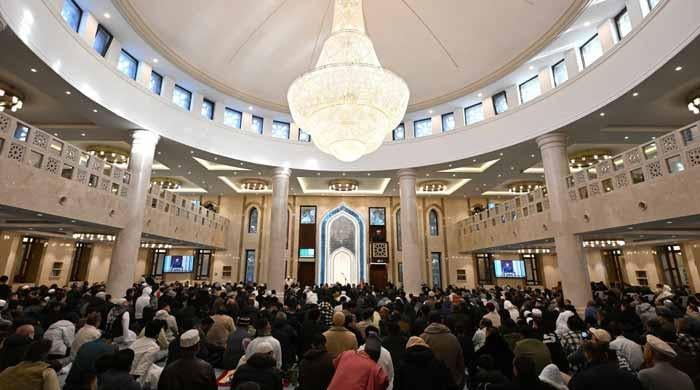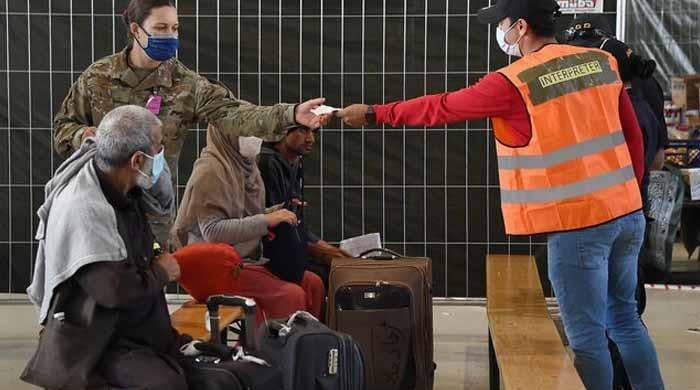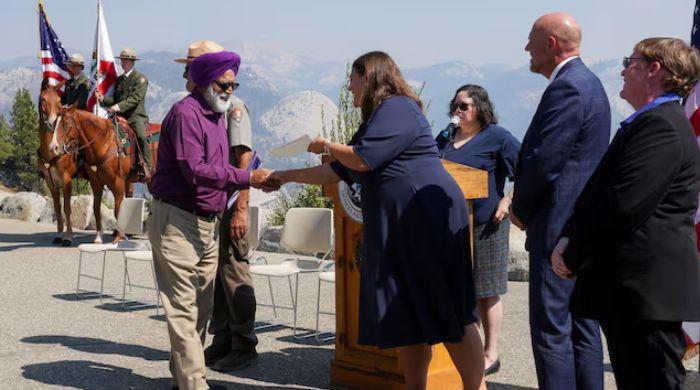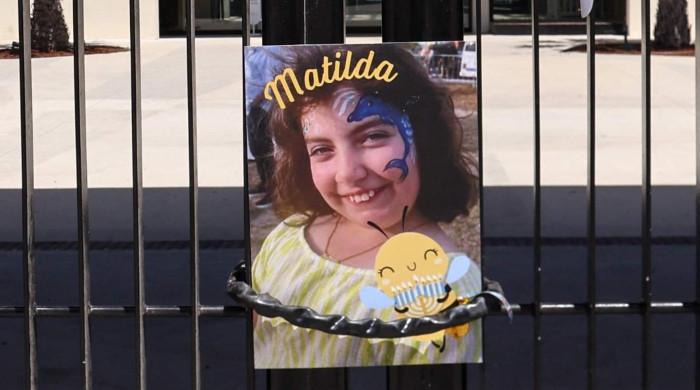A tour of crumbling Malta villa where Queen Elizabeth lived in her 20s
It is the only property outside of Britain that Queen Elizabeth called home
July 30, 2020
A crumbling villa near Malta’s capital, Valletta, where the heir to the English throne lived between 1949 and 1951, is about to get a new lease of life as a museum of the Mediterranean island’s links with the United Kingdom and the royal family.
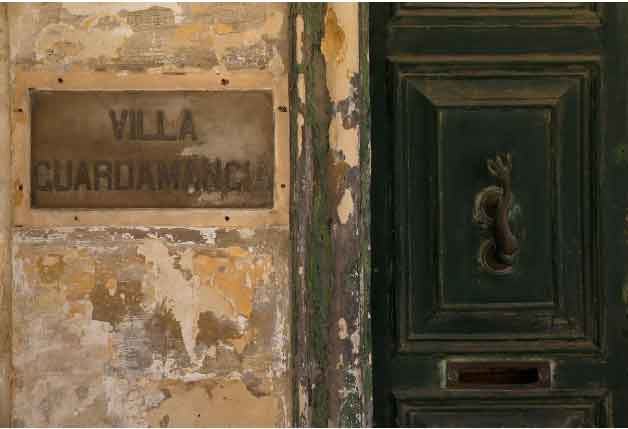
The arcaded, two-storey property is a shadow of its former self. The rooms are bare, paint is peeling off the walls to reveal old murals beneath, the enclosed garden is overgrown and part of a colonnaded belvedere in it has collapsed.
Now that the government of Malta has finally acquired the Villa Guardamangia after years of trying, it hopes to restore it to its former state when it was a charming, if relatively modest home for the future British queen.
The renovation could cost as much as 10 million euros, said Heritage Malta curator Kenneth Gambin during a recent walk-through to show off the dilapidated property.
“We are planning to invite anyone who remembers the royal couple when they lived in Malta to meet us, share their memories and possibly their photos,” he said.
SWEEPING VIEWS
Princess Elizabeth was in the first years of her marriage at the time, and moved to Malta when her husband, Philip, was based there in command of a Royal Navy frigate.
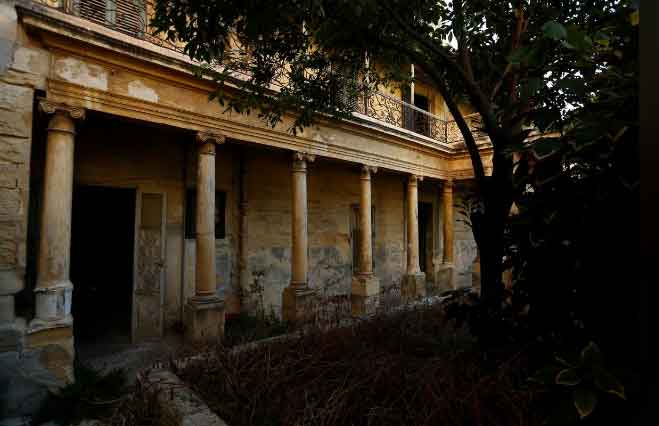
The villa stands proudly in a narrow street at the top of Guardamangia Hill, and at the time commanded sweeping views of the harbour of Marsamxett and Valletta, where the Navy’s frigates were moored.
Much of the structure was built in limestone in the mid-eighteenth century as a summer house.
Additions early in the nineteenth century included a belvedere overlooking a large, enclosed garden that served as a backdrop to one of the most frequently used pictures of the young royal couple on the island.
Malta was then a bustling British colony and a key naval base in the middle of the Mediterranean and on the route to India.
Guardamangia Hill itself was named after a “guardia” or guard, which Maltese and British troops jointly mounted as they trapped French Napoleonic forces for almost two years in Valletta, a siege that led the British to take over Malta at the islanders’ invitation in 1800.
MOUNTBATTEN’S OFFER
The property was rented in 1929 to Lord Louis Mountbatten, Philip’s uncle, who made it available to the royal couple.
It featured six bedrooms, three bathrooms, a grand hall, servants’ quarters on the ground floor and, unusually for Malta, a fireplace in most rooms. The main entrance was through a small but elaborately decorated porch accessed by steps on each side.
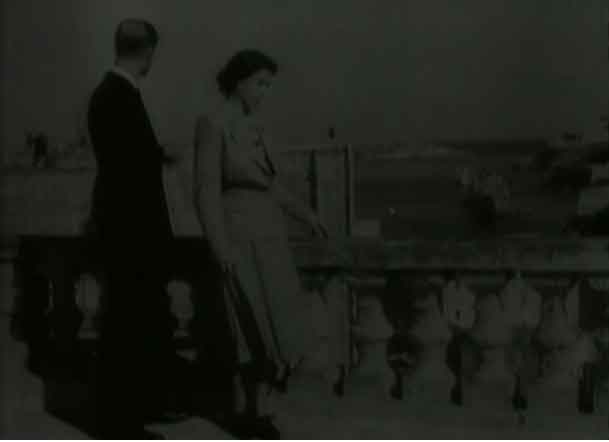
Those were relatively relaxing times for Elizabeth, then in her early twenties. Security was light and she felt comfortable enough driving herself around in a humble Morris Minor.
Newspapers chronicled people turning up at the villa to hand her oranges. They reported her going to the cinema and a local hairdresser, enjoying picnics in the countryside and swimming at Sliema beach, three miles from her home.
Pictures show the princess chatting with locals, including an old lady weaving traditional lace. She hosted parties for service wives at the villa.
The royal couple left Malta in 1950 for the birth of Elizabeth’s second child, Princess Anne, in August 1950, but they were back by Christmas.
They never again set foot in the villa after their departure in 1951, despite returning to Malta several times in later years.
On her most recent visit in 2015, the Queen was presented with a painting of her old home by then-Maltese President Marie-Louise Coleiro Preca.
“Oh look, Guardamangia, that’s very nice to have,” she was reported to have said, adding that the property “looks rather sad now.”
HERITAGE MUSEUM
For many years after the royal couple departed, Villa Guardamangia was occupied by a woman who lived alone, using some of the ground floor rooms.
The property fell into disrepair, but repeated government attempts to buy it from the owners were rebuffed until earlier this year.
It was finally acquired by Heritage Malta, a government agency, for some five million euros.
There is much work to be done. Pieces of statues that once stood in the garden are piled up in a room, the servants’ quarters are derelict, bathrooms are destroyed and traditional patterned Maltese floor tiling – which the princess reportedly found cold to walk on - have faded.
“The villa had separate apartments for the prince and the princess, each including a bedroom, walk-in wardrobe, an anteroom and a bathroom,” said curator Gambin.
The plan is not just to restore the villa to the way it looked several decades ago, but also to turn it into a museum of Malta’s history as a British colony until independence in 1964, and the links with the British royal family.
Despite the hefty price tag, the restored property could prove a major attraction for British tourists who account for a quarter of Malta’s tourism arrivals every year.--Reuters




